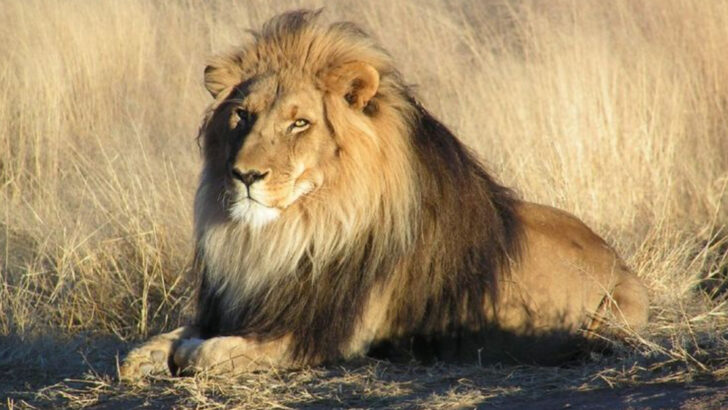Lions, often dubbed the kings of the jungle, are surrounded by myths and misconceptions that have persisted for generations. These myths, while captivating, often paint an inaccurate picture of these majestic creatures. In this blog post, we aim to debunk 14 common myths about lions, using nature and scientific evidence as our guide.
Myth 1: Lions Are Only Found in Jungles
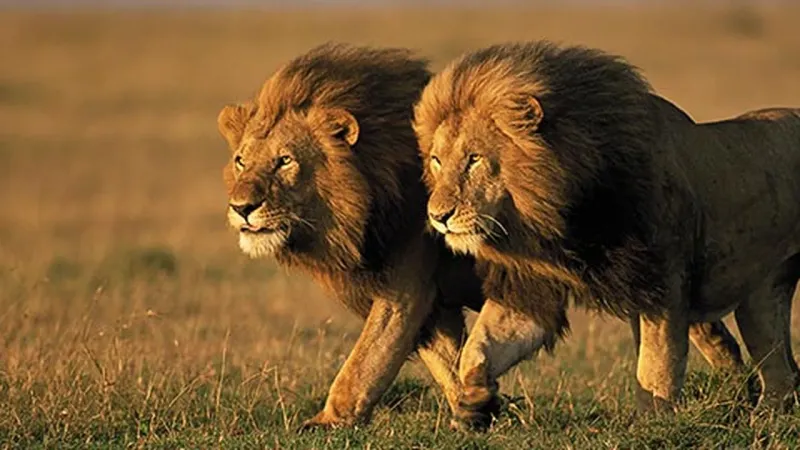
When people think of lions, the image of a dense jungle often comes to mind. However, this is far from reality. Lions predominantly inhabit the savannahs and grasslands of Africa, where they roam vast open spaces.
The idea of lions dwelling in jungles likely stems from their nickname, “king of the jungle.” In truth, only a small population of Asiatic lions reside in the Gir Forest of India, which is more akin to a dry forest than a jungle.
Understanding where lions truly live helps in appreciating their natural behavior and ecology.
Myth 2: Lions Are Solitary Hunters
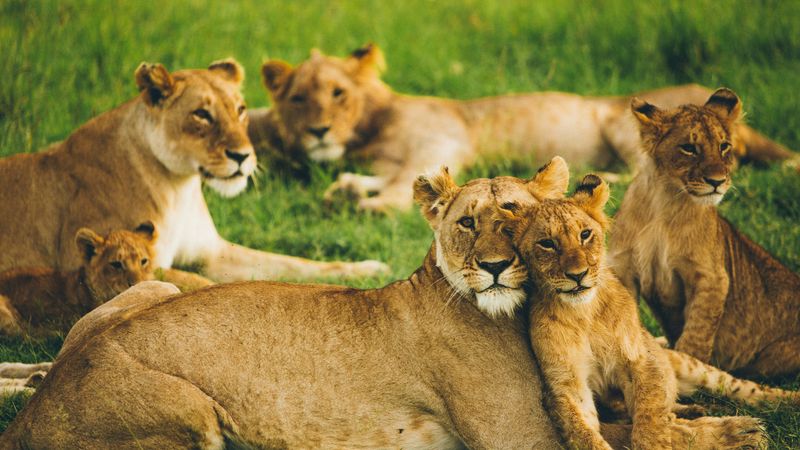
Picture a lone lion stalking its prey; this image is quite misleading. Lions are known for their social structure, living and hunting in prides. This teamwork enhances their success in capturing prey, allowing them to take down larger animals.
The cooperative nature of lions is a fascinating aspect of their lives. Female lions, in particular, are adept hunters working together seamlessly. By hunting in groups, they not only provide food for the pride but also strengthen social bonds.
This social dynamic is vital for their survival in the wild.
Myth 3: Male Lions Are Lazy
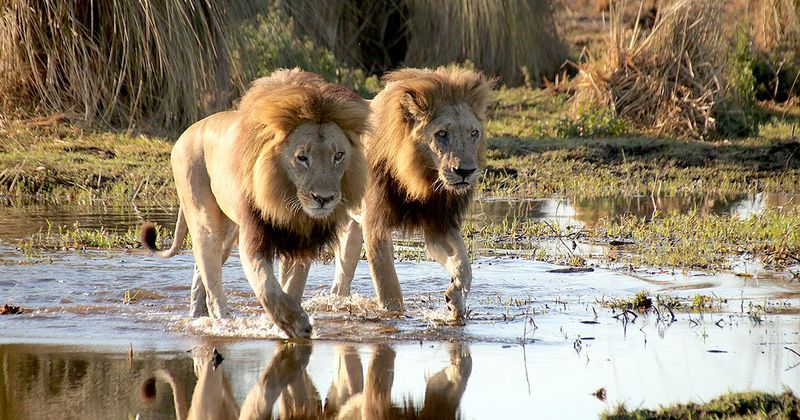
The male lion, often viewed as a lazy creature, plays a significant role in the pride. While they may appear to lounge around, their primary duty is protection. Male lions guard the pride from other males and threats, ensuring the safety of cubs and females.
Though less involved in hunting, male lions are crucial when it comes to taking down large prey, using their strength to assist females. Their presence is a deterrent for rival males who might attempt to take over the pride.
Hence, calling them lazy undermines their protective nature.
Myth 4: Lions Always Have the Same Mane Color
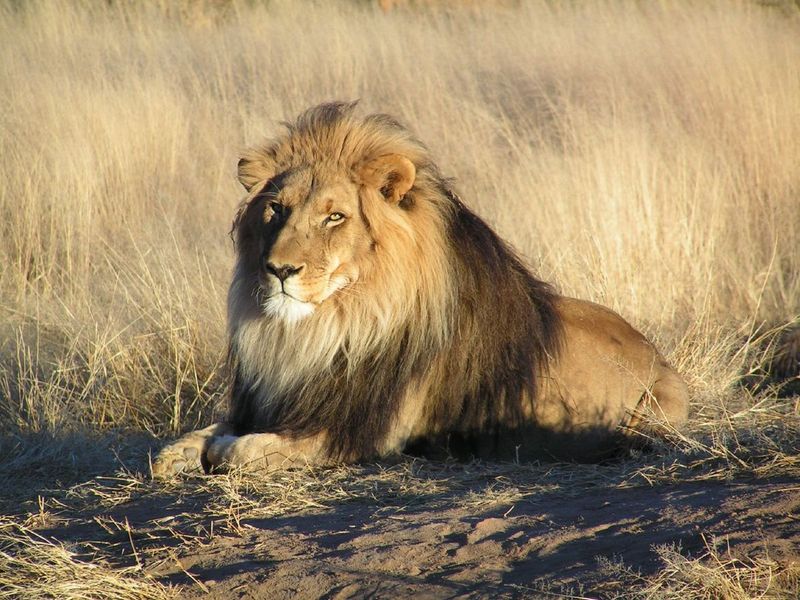
The color of a lion’s mane is not uniform; it can vary from light blond to dark black. This variation is dependent on factors such as age, genetics, and environmental conditions.
A darker mane is often a sign of maturity and good health, which can attract females. Conversely, a lighter mane might indicate a younger or less dominant male. The mane’s color can also influence a lion’s social standing within the pride.
Understanding this variation helps in appreciating the complexity of lion hierarchies and their social interactions.
Myth 5: All Lions Roar

The iconic roar of a lion is a sound associated with power and dominance, yet not all lions roar. Primarily, it is the male lions that use roaring to communicate territorial claims and to warn rivals.
Female lions do roar, but their roars are less frequent and often serve to communicate with their cubs or coordinate group activities. The roar of a lion is a tool for social interaction, keeping the pride cohesive and deterring intruders.
Thus, while roaring is common, not every lion will use this vocalization regularly.
Myth 6: Lions Are Nocturnal

Contrary to popular belief, lions are not strictly nocturnal. They are crepuscular, meaning they are most active during dawn and dusk. This behavior allows them to avoid the heat of the day, conserving energy and increasing hunting success.
During the day, lions often rest and sleep, sometimes for up to 20 hours. This pattern of activity aligns with their prey, which are also active during these cooler periods.
Understanding their crepuscular nature is essential for accurate insights into lion behavior.
Myth 7: Lions Hunt Humans
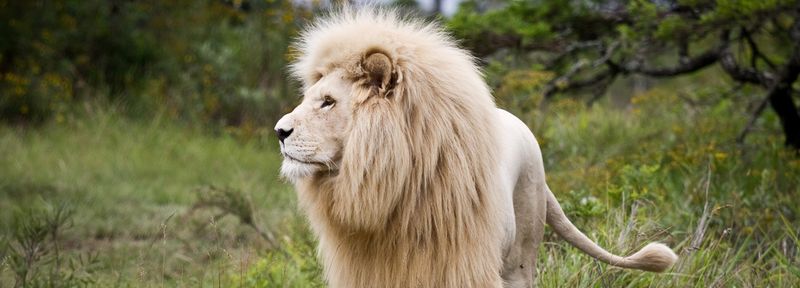
While there have been instances of lions attacking humans, these occurrences are rare and often result from specific circumstances. Lions do not actively hunt humans as part of their diet.
Human-lion conflicts typically arise from habitat encroachment or scarcity of prey, forcing lions to seek food elsewhere. Conservation efforts aim to minimize these conflicts by preserving lion habitats.
Thus, the notion of lions hunting humans is an exaggeration, overshadowing their true nature, which is more inclined towards avoiding human interaction.
Myth 8: Lion Cubs Are Raised by Their Mothers Alone
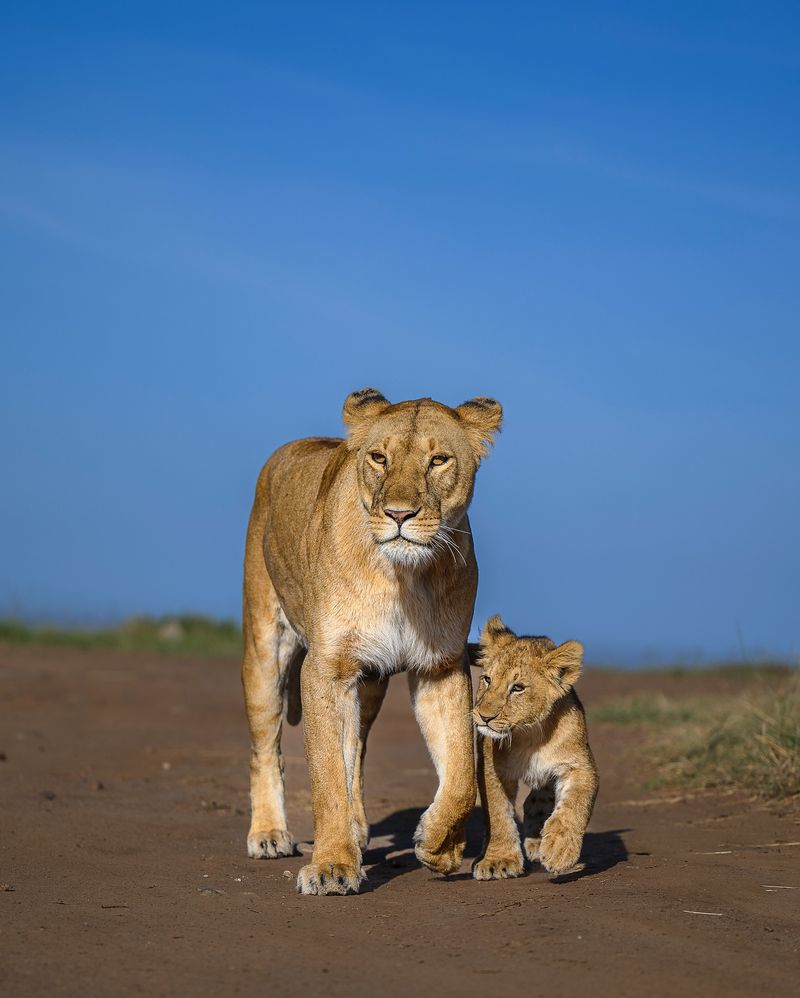
The nurturing of lion cubs is a communal effort within the pride. Although lionesses are primary caregivers, other females in the pride also play a role in raising the young. This cooperative care ensures better survival rates for the cubs.
Lionesses often synchronize births, allowing for shared responsibilities in nursing and protection. This communal upbringing strengthens the pride’s social structure.
Therefore, the belief that lion cubs are solely raised by their mothers overlooks the intricate social bonds and shared responsibilities within the pride.
Myth 9: Lions Are the Largest Big Cats

Lions, with their majestic appearance, are often thought to be the largest of the big cats. However, tigers hold that title, being larger and heavier than lions.
This misconception might arise from the lion’s imposing mane, which adds to their perceived size. Despite this, lions are formidable in their own right, especially when hunting in groups.
Comparing lions and tigers helps in appreciating the diversity within the big cat family, each species evolved to suit its unique environment and lifestyle.
Myth 10: Lions Are King of All Animals

Lions are often dubbed the “king of the jungle,” but they are not the ultimate rulers of the animal kingdom. In their ecosystems, they coexist with other powerful animals like elephants and buffaloes.
These animals can pose significant challenges to lions. Elephants, for instance, are much larger and can defend themselves effectively. The idea of lions being the ultimate rulers is more a cultural embellishment than a reflection of their natural status.
Understanding this helps to see the balance of power in nature more accurately.
Myth 11: All Lions Have Manes
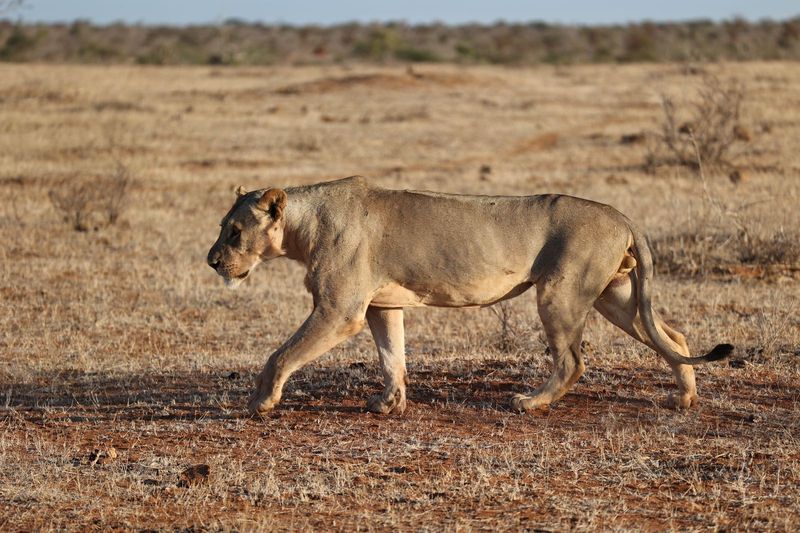
While manes are a distinctive feature of male lions, not all lions have them. In some regions, particularly in parts of Africa, male lions may have little to no mane at all.
This could be due to genetic factors, climate, or even evolutionary advantages, such as better heat dispersion. Maneless lions are just as capable as their maned counterparts, often taking on similar roles within the pride.
Recognizing the diversity in lion appearances is important for understanding their adaptability to different environments.
Myth 12: Lions Do Not Climb Trees

Lions are often seen as purely terrestrial creatures, but they do possess the ability to climb trees. In some areas, lions have been observed lounging on tree branches, possibly to escape heat or insects on the ground.
This behavior is more common in certain regions, such as Lake Manyara in Tanzania. Climbing provides them with unique vantage points for spotting prey or potential threats.
Observing lions in trees challenges the notion of them being strictly ground-dwelling animals, showcasing their adaptability.
Myth 13: Lions Have No Natural Predators
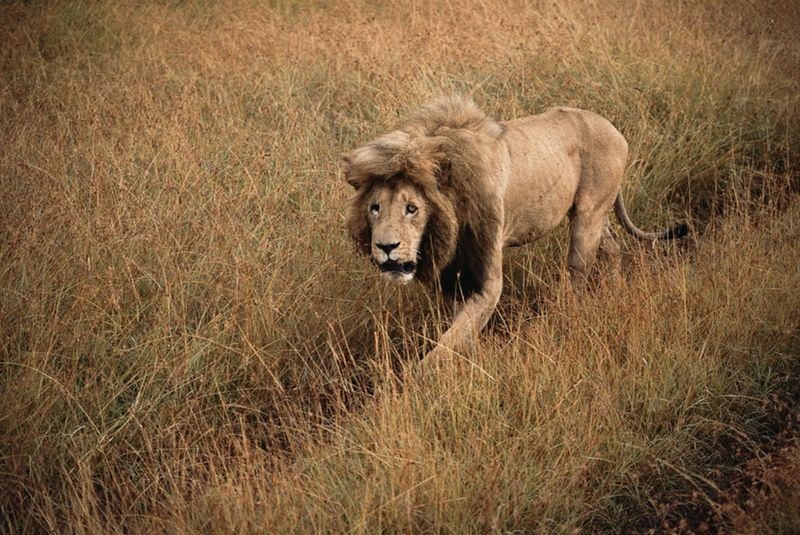
The lion is often considered to be at the top of the food chain, yet they do face threats from other predators. Hyenas, in particular, are known to challenge lions, often engaging in competitive interactions over food.
While adult lions have few natural predators, cubs are vulnerable to attacks from hyenas and other predators. This interspecies competition is a part of the delicate balance within their ecosystem.
Recognizing these threats highlights the complex predator-prey dynamics and the challenges lions face in the wild.
Myth 14: Lions Always Win Their Battles

Despite their strength and reputation, lions do not always emerge victorious in confrontations. Prey animals like buffaloes can pose serious threats, often defending themselves vigorously against lion attacks.
Lions may also retreat from competition with larger pride groups or when outnumbered by rivals. These encounters are part of the natural ebb and flow of life in the wild.
Understanding that lions face defeats as well as victories provides a more balanced view of their life in the wilderness.

